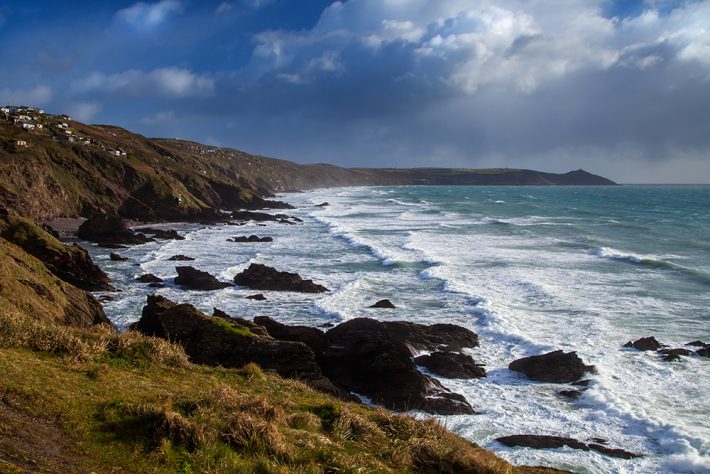Adapting to climate change: how do we know if it’s working?
We now have a good understanding of how nature conservation needs to develop and change – there’s a good set of requirements for all Bern Convention countries here. Yet with a 1.5 Celsius world now scarily close, there’s a pressing need to monitor and evaluate our adaptation actions – and this is proving rather trickier than developing the actions themselves.

The BES, together with the BTO, Committee on Climate Change, Climate Resilience, Natural England and the RSPB, ran a two-day workshop in Cambridge to discuss how adaptation might best be monitored and evaluated. We discussed a range of the things that need to be covered to develop successful evaluation of adaptation and lead towards useful indicators.
From the first step, it’s clear that this is no easy task. Even defining objectives and outcomes presents a challenge with climate change. Enhanced ecological dynamism driven by climate change requires a development of our notions about what favourable condition should be, what species populations and distributions are appropriate, and what ecological communities and best outcomes might look like. And, of course, considerations about these are subject to the uncertainties inherent in both species responses and climate change itself, and the limits of our current ecological knowledge.
Stepping back from outcomes, tracking actions undertaken is a bit more straightforward. For example, we can measure increases in the diversity of vegetation structure to increase climatic heterogeneity. We can assess, through modelling, the need for ecological connectivity and track its subsequent implementation on the ground, alongside its use by target species. Projections of water level changes, including sea level rise, can be developed into practical measures for both biodiversity and people. So, the ‘doing’ part of adaptation is both important and relatively straightforward to track, along with assessing the results of the actions – which will help to inform what outcomes are both desirable and possible.
Surprisingly, climate change is still a matter on the horizon for many people and institutions. So, as well as looking at outcomes and progress, it’s also important to check that the process for developing adaptation is underway and appropriate for the impacts and opportunities. What is being done differently, on account of climate change? Is the trajectory of climate change being adequately integrated into programmes and policies? Is there enough forward planning to ensure that adaptation actions are delivered and in place in a timely manner, just ahead of the curve to which they are designed to respond?
A more thorough summary of the workshop’s findings are published on the BES website’s Policy Briefs. It’s clear that monitoring adaptation is not straightforward and the policy brief helps to understand the complexities involved – which goes against conventional wisdom that successful indicators need to simple. If I must pick out three key things for me, they would probably be:
- Processes, progress and outcomes all need to be assessed in a changing world in which it’s increasingly difficult to define desired objectives and achievements
- Indicators should assess the range of actions required for adaptation and ideally identify thresholds for action
- Existing data sources will need to expand and attribution of climate change needs to be untangled from the range of factors affecting nature and its conservation
Yet these are only my thoughts on a complex topic – so please do read the workshop summary and share your thoughts about what’s most important. And even more pertinent, let us know if you’re developing climate adaptation monitoring and evaluation, and share your experiences with a growing community that is wrestling with this essential, yet knotty, topic.
Like what we stand for?
Support our mission and help develop the next generation of ecologists by donating to the British Ecological Society.